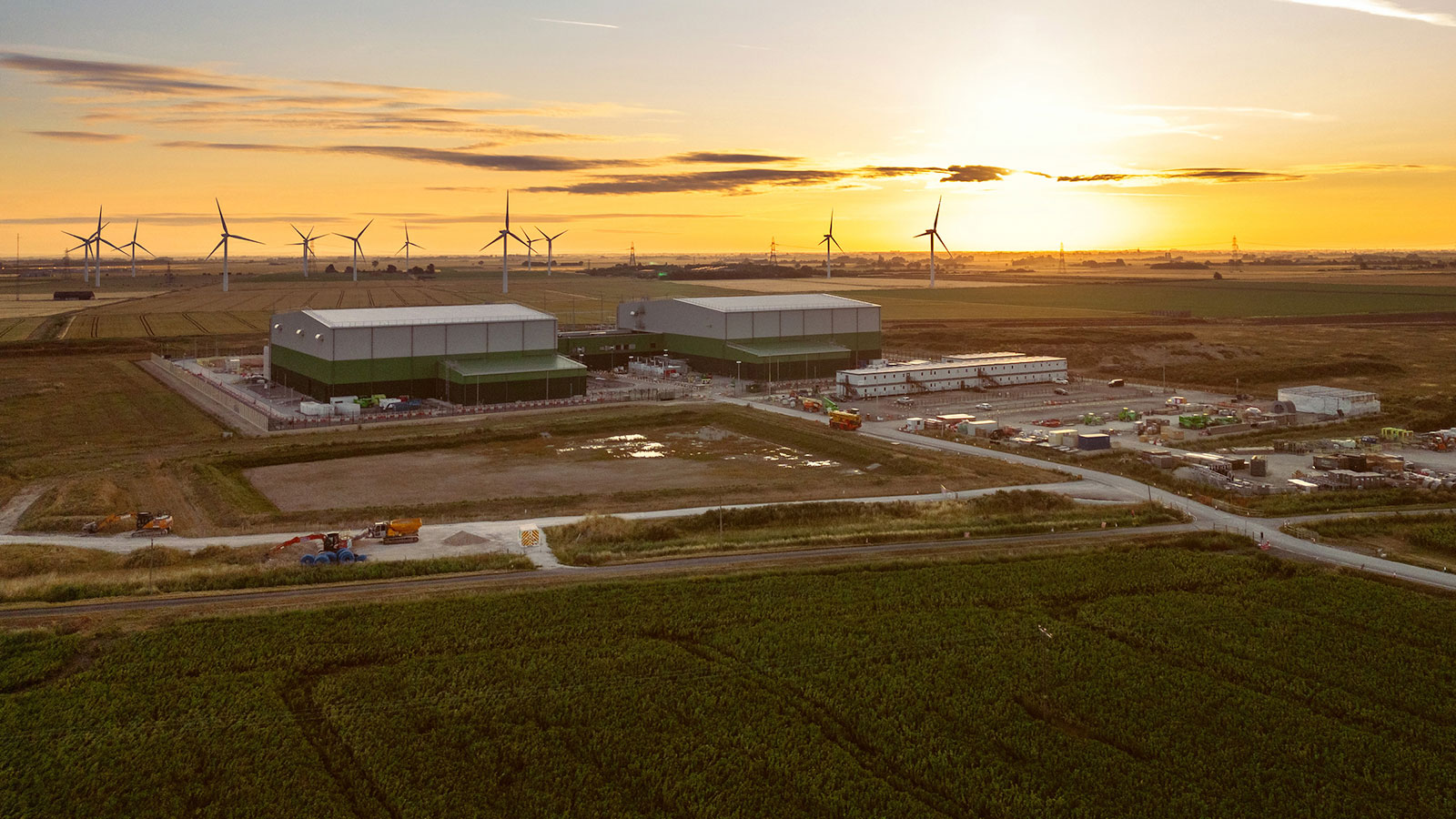National Grid has officially inaugurated the Viking Link, the world’s longest land and subsea interconnector, marking a milestone in the renewable energy sector.
The £1.7 billion link, stretching 475 miles between the UK and Denmark, commenced operations on December 29, 2023, signifying a leap forward in the energy cooperation between the two nations.
Viking Link has a capacity of 1.4 GW, enough to power up to 2.5 million UK homes. This feat could greatly benefit UK households, as it’s expected to bring over £500 million in cumulative savings for UK consumers in the next decade due to the import of cheaper Danish power.
This interconnector, resulting from a collaboration between National Grid and Danish System Operator, Energinet, will significantly contribute to the UK’s energy security. By enabling the importation of clean, green Danish energy, Viking Link will support the UK’s net zero ambitions and provide a more sustainable energy mix.
This project aligns with National Grid’s strategic focus on developing, operating, and investing in energy projects through its venture arm, National Grid Ventures (NGV), and is the result of more than four million working hours.
Viking Link’s operation begins at an initial capacity of 800MW, with plans to gradually increase to its full capacity of 1.4GW. This phased approach allows National Grid and Energinet to fine-tune the system, ensuring optimal performance and reliability.
The environmental impact of Viking Link is noteworthy, with an expected reduction of approximately 600,000 tonnes of carbon emissions in its first year. This is equivalent to taking around 280,000 cars off the road.
The project also features a converter station at each end of the cable for power transformation and integration into each country’s transmission systems. The HVDC offshore cable, manufactured and laid by Prysmian Group, utilised the cutting-edge vessel The Leonardo Da Vinci and was buried using Asso trenchers for environmental protection.
Viking Link joins a portfolio of interconnectors that have been instrumental in reducing carbon emissions and enhancing energy security. By 2030, National Grid expects its interconnectors to have helped the UK avoid around 100 million tonnes of carbon emissions, with 90% of the energy imported through these links coming from zero-carbon sources.
In addition to Viking Link, National Grid has announced plans for further interconnectors, including LionLink with The Netherlands and Nautilus potentially connecting with Belgium. These projects are expected to become operational in the early 2030s.
Claire Coutinho, Energy Security Secretary, hailed the new Viking Link interconnector as a significant development in enhancing the UK’s energy infrastructure. “The 475-mile cable is the longest land and subsea electricity cable in the world and will provide cleaner, cheaper, more secure energy to power up to 2.5 million homes in the UK.
“It will help British families save £500 million on their bills over the next decade, while cutting emissions,” she remarked.





